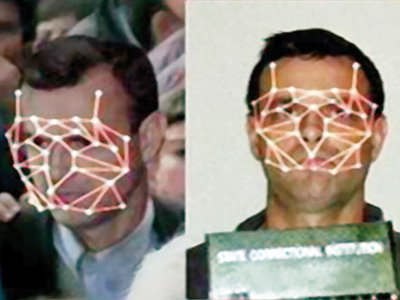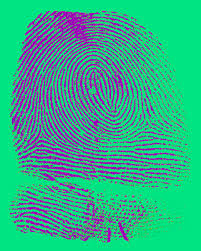
by blogger SLC
Various locations and people throughout the United Kingdom, from simple mosques to the prime minister, have recently received letters containing scathing racial and sexual insults. However, profiles developed by linguistic experts have one surprising thing to say - the writer is likely a woman.
| "Men tend to suggest a more explicit threat and a demand for action but, while the nature of the letters were very nasty and would clearly have been received as threats, they were not explicit about what that threat might be. [. . .] One of the things that were striking about the letters was the heavy use of expressive adjectives, which is more typical of women than men." |
Experts also think the suspect will likely have written more typical complaint letters to companies or politicians, and have asked for any who recognize certain unusual turns of phrase in the letters to come forward.
DNA evidence from the letters also supports the linguistic experts' theory.

















